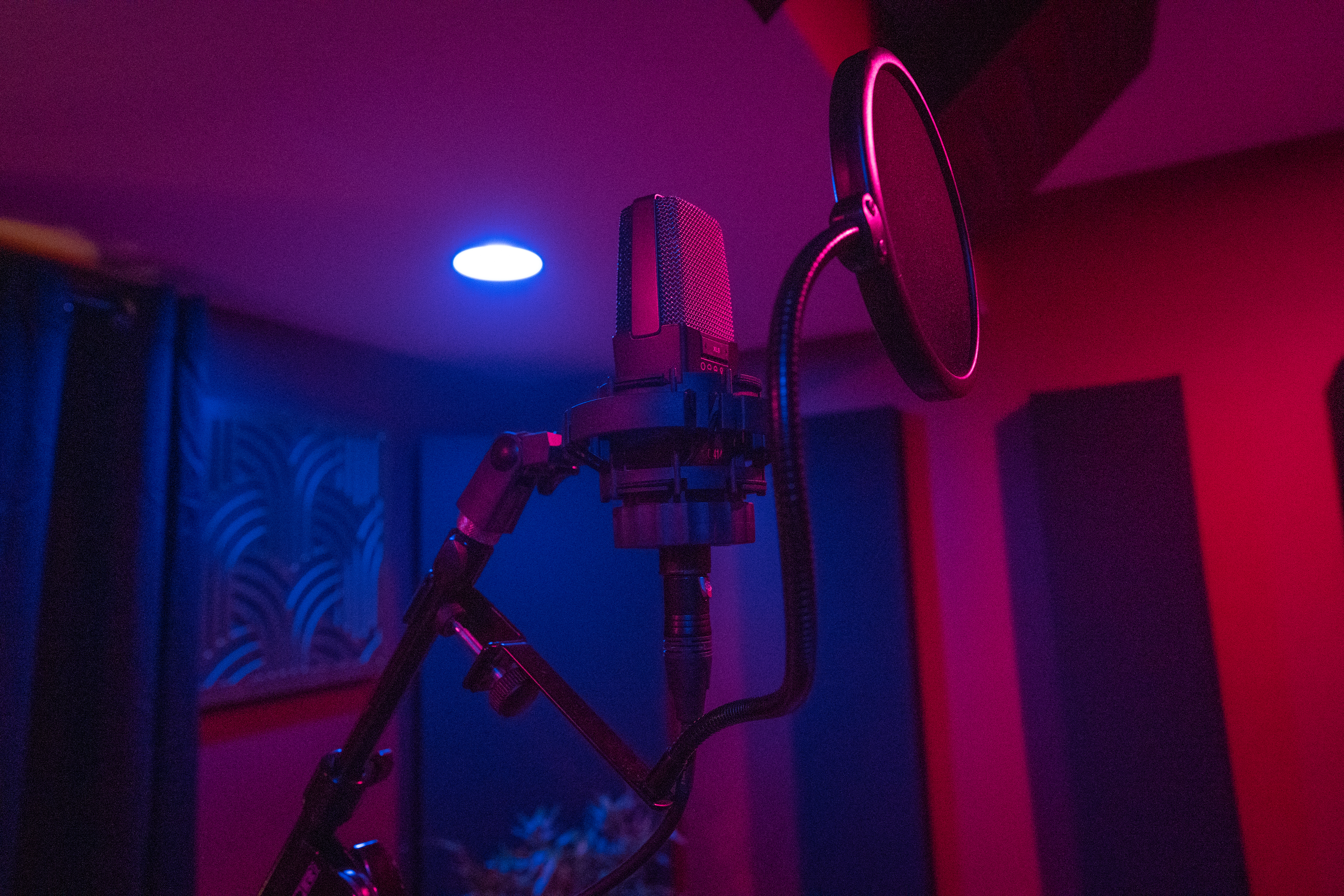Captivating Musical Expression: The Art of MIDI Programming
Welcome to The Hollow Recording Studio, where we unlock the full potential of MIDI programming to breathe life into your musical creations. In this blog, we delve into the fascinating world of MIDI programming, offering insights, techniques, and tips to help you craft expressive and dynamic musical performances. Whether you're a seasoned producer or just starting your journey in music production, mastering MIDI programming will elevate your compositions to new heights of creativity and emotion.
Understanding MIDI Programming:
MIDI (Musical Instrument Digital Interface) is a versatile protocol that allows electronic musical instruments, computers, and other devices to communicate and synchronize with each other. Here's a closer look at essential MIDI programming techniques:
MIDI Sequencing: MIDI sequencing involves recording, editing, and arranging MIDI data to create musical compositions. Use a MIDI sequencer or digital audio workstation (DAW) to capture MIDI performances, manipulate note data, and arrange musical phrases and sections.
Quantization: Quantization is the process of aligning MIDI note events to a grid based on a specified rhythmic quantization value. Use quantization to correct timing errors, tighten up performances, and ensure rhythmic accuracy in your MIDI sequences.
Velocity Editing: Velocity refers to the intensity or strength with which a note is played on a MIDI instrument. Velocity editing allows you to adjust the velocity values of individual notes to create dynamic and expressive performances. Experiment with velocity variations to add nuance and emotion to your MIDI sequences.
Advanced MIDI Techniques:
Take your MIDI programming skills to the next level with these advanced techniques:
MIDI Controller Mapping: MIDI controller mapping involves assigning MIDI messages such as note data, control change (CC) messages, and program change messages to specific parameters within your DAW or virtual instruments. Use MIDI controller mapping to control parameters such as volume, pan, filter cutoff, and modulation in real-time using external MIDI controllers.
MIDI Effects and Processing: Explore MIDI effects and processing tools within your DAW or MIDI software to add depth, movement, and character to your MIDI sequences. Experiment with arpeggiators, chord generators, pitch shifters, and MIDI plugins to transform simple MIDI data into intricate and evolving musical textures.
Tips for Expressive MIDI Performances:
Achieve greater expressiveness and emotion in your MIDI performances with these tips:
Use Humanization: Humanization techniques such as randomizing note timing, velocity, and pitch add subtle variations to MIDI sequences, mimicking the nuances of human performance and making your compositions feel more organic and lifelike.
Dynamic Control: Take advantage of MIDI controllers with dynamic sensitivity and aftertouch capabilities to control parameters such as volume, expression, and timbre in real-time. Experiment with expressive playing techniques such as dynamics, vibrato, and pitch bends to inject emotion and personality into your MIDI performances.
Conclusion:
MIDI programming is a powerful tool for unleashing creativity and expressing musical ideas with precision and depth. By mastering MIDI sequencing, quantization, velocity editing, and MIDI controller mapping, you'll have the tools and techniques to craft expressive and dynamic musical performances that resonate with listeners on a profound level. At The Hollow Recording Studio, we're here to guide and inspire you on your MIDI programming journey, helping you unlock the full potential of your musical vision. Reach out to us today to learn more about our MIDI production services and take your compositions to the next level.
